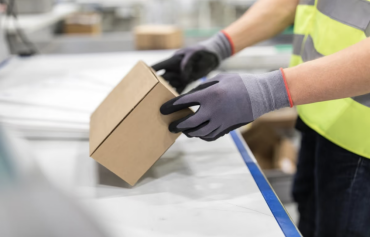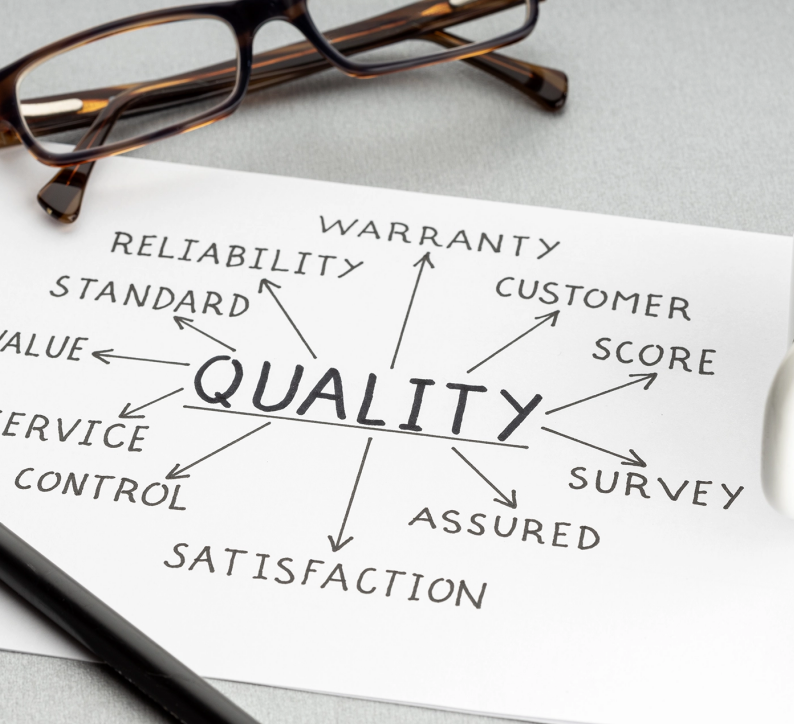How should handle quality issues with China-sourced products?
In international procurement, Chinese suppliers can usually provide cost-effective products, but quality problems are still inevitable. If not handled properly, it may lead to delivery delays, customer complaints and even legal disputes. The following is a set of detailed and executable solutions, covering from prevention to specific response measures after the problem occurs.
Step 1: Prevention – Reduce Quality Risks at the Source
1. Strict Supplier ScreeningAction Steps:
(1)Background Check: Verify the supplier’s business history, legal disputes, and certifications (e.g., ISO 9001) using platforms like Tianyancha or Qichacha.
(2)Factory Audit:
-On-site Inspection: Assess production equipment, quality control processes (IQC, IPQC, OQC), and warehouse management.
-Virtual Audit: Hire a third-party inspector if an on-site visit isn’t feasible.
(3)Small Trial Order: Place a small order (e.g., 100–500 units) to test quality consistency before committing to bulk purchases.
Key Tips:
✔ Prioritize direct factory partnerships over trading companies to minimize intermediary risks.
✔ Request references from other buyers to validate supplier reliability.

2. Clear Contract TermsEssential Clauses:
(1)Product Specifications: Include detailed requirements (size, material, packaging) with attached drawings or sample photos.
(2)Quality Standards: Define acceptance criteria (e.g., AQL sampling: Major defects ≤1.5%, Minor defects ≤4.0%).
(3)Penalties: Specify compensation for breaches (e.g., 30%–100% refund for functional failures).
(4)Payment Terms: Use 30% deposit + 70% upon shipment to retain leverage.
Sample Clause:
"If products fail to meet agreed standards upon arrival, the buyer may reject the shipment and demand free replacement or a full refund within 15 days."
Step 2: Inspection – Catch Issues Early
1. Mid-Production Inspection (DUPRO)
Conduct when 30%–50% of production is complete.
Focus on raw materials and critical processes (e.g., welding, painting).

2. Pre-Shipment Inspection (PSI)
-Perform a random check (AQL standards) before loading.
-Hire third-party inspectors (e.g., SGS, BV) for unbiased reports (~$300–$500 per inspection).
3. Loading Supervision
Monitor the loading process to prevent defective products or shortages.
Step 3: Response – Address Quality Issues Effectively
1. Document Evidence
-Photograph/video defects (e.g., damage, color mismatches).
-Retain logistics records to prove issues occurred pre-delivery.
-Use third-party labs for disputed cases (e.g., material testing).
2. Negotiate Solutions
-Communicate Professionally: Present facts (e.g., "30% of units failed inspection") and request a resolution.
-Set Deadlines: "Provide a solution within 3 days or we escalate legally."
-Leverage Payments: Withhold final payments until issues are resolved.
3. Legal Actions (Last Resort)
-Arbitration: Invoke CIETAC arbitration if contract clauses exist.
-Lawsuits: Engage local lawyers for claims over $50,000.
-Customs Intervention: File for counterfeit seizures if IP infringement occurs.

TIPS:
✅ Build Relationships: Work with reliable suppliers for repeat orders and better terms.
✅ Feedback Loop: Use customer input to refine product designs.
✅ Diversify Sourcing: Consider "China + Southeast Asia" to mitigate risks.
 How should handle quality issues with China-sourced products?
How should handle quality issues with China-sourced products?
 Why is China sourcing still irreplaceable in 2025?
Why is China sourcing still irreplaceable in 2025?
 Smart Manufacturing for the Future, Renewing Life: The 29th China International Kitchen & Bath Expo Leads the New Industry Wave
Smart Manufacturing for the Future, Renewing Life: The 29th China International Kitchen & Bath Expo Leads the New Industry Wave
 What are the common challenges in China sourcing, and how can they be overcome?
What are the common challenges in China sourcing, and how can they be overcome?
